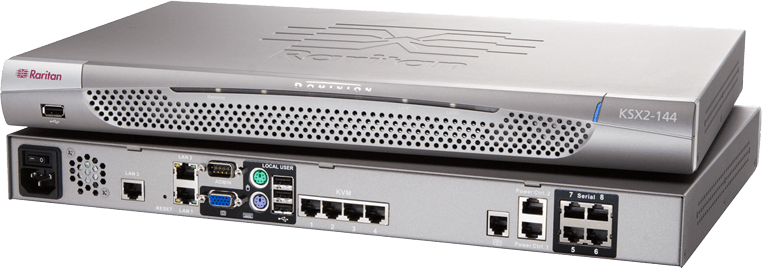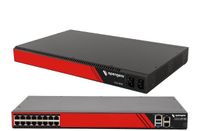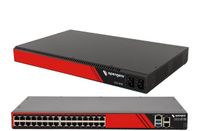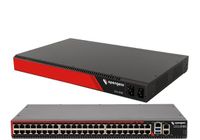KVM vs. Serial Console Server
In general the choice between KVM and serial management has to do with the customer and how they want to manage the equipment and whether it has serial or KVM ports.
If the equipment only has a serial port like networking or telecom equipment then you would use serial.
For Linux servers you could use KVM or serial depending on the user's preference. For windows machines mostly KVM is used, but there is also a serial interface.
Serial only provides a command line interface (CLI) so it doesn't require much IP bandwidth and can be very fast especially over low bandwidth lines. Serial console servers are less expensive because they are simpler devices. Serial has some cool features where you can cut and paste to and from the server. It also can log the users session and monitor the system log even when the user isn't connected.
KVM over IP will take up more bandwidth, but provides a graphical user interface that is generally easier to use. KVM provides access to the BIOS level. It also supports virtual media which is a very powerful feature to copy files back and forth, load software, and even boot an image remotely. KVM is more expensive because it is more complicated.










































